
Going deeper
An interview with artist Inga Meldere
Helsinki-based Latvian artist Inga Meldere’s first profession is art restoration. In her creative artistic work, she creates a fragile and sensitive reality of the painting in which the viewer can immerse themself and lose everyday points of reference, letting one be carried away by a story and a mood that has the sound of silence. A narrative/concrete point of reference is present in her art, but it cannot be unequivocally found on the painting’s canvas – one could say it’s more akin to clips or scenes in which the narrative imprint (the interpretation of the story) is revealed through the point of view of details and nuances; the story has no beginning and no end – these are emotions that interact and overlap with each other as individual specifics appear. Similarly, the story of a medieval artist who lived in a nunnery and drew and wrote manuscripts (an X-ray of the nun’s skull revealed particles of the rare blue pigment ultramarine in the tartar of her teeth), and who was the subject of Meldere’s solo exhibition Bluetooth (Sister N.) at Temnikova & Kasela Gallery this spring, could also be read indirectly – it had the emotional capacity of opening up a space where the past interacts with the present, one where the nun could just as well be Inga and vice versa.
The eye of the professional art restorer is always present in Meldere’s art, both in her interest in historical events and people and in her exploration and research into the broad range of painting tools. She herself says that painting is very much a story about the surface. “I have always been interested in the methods, tools and materials of painting. … One of the questions that this exhibition reflects on is perhaps the medium of painting, the craft itself – the paint, the preparation of the paint, the mood of the work and the training of the hand.”
Photos: Ansis Starks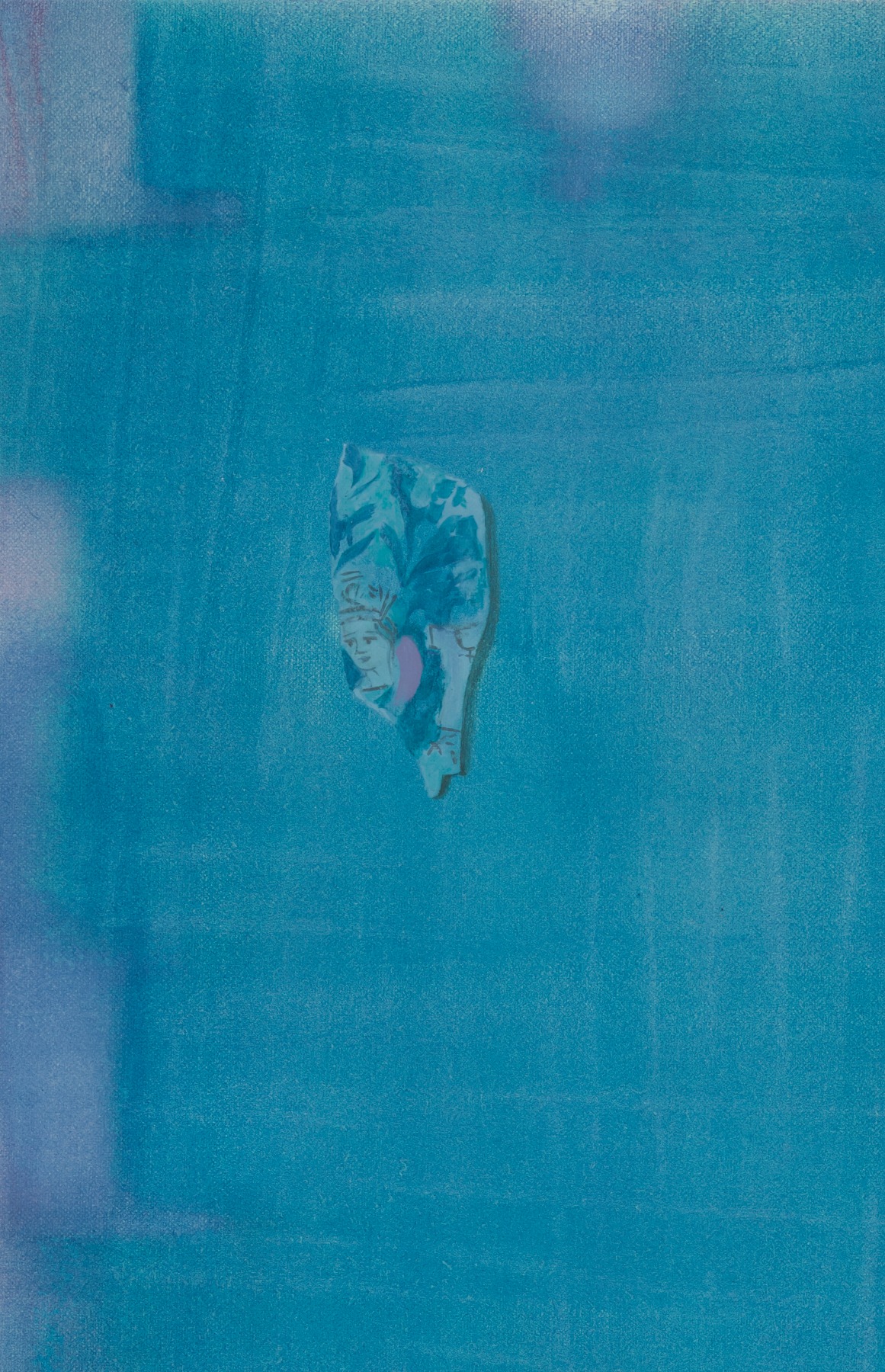
Your painting space is very fragile, transparent … perhaps even sensitive?
Yes, sensitive or nuanced might be the most accurate words, but it is unknowingly so. This choice of words is in line with my ideas of what painting should be. What I have created as a painter, and how I would describe this exhibition in one word, is “quiet”. The surfaces are very unobtrusive, but at the same time, very suggestive in terms of discovering and looking deeper. It seemed that as I was painting, I was discovering something completely new for myself as well.
View of Inga Meldere’s solo exhibition Bluetooth (Sister N.) at Temnikova & Kasela Gallery Photo: Ansis Starks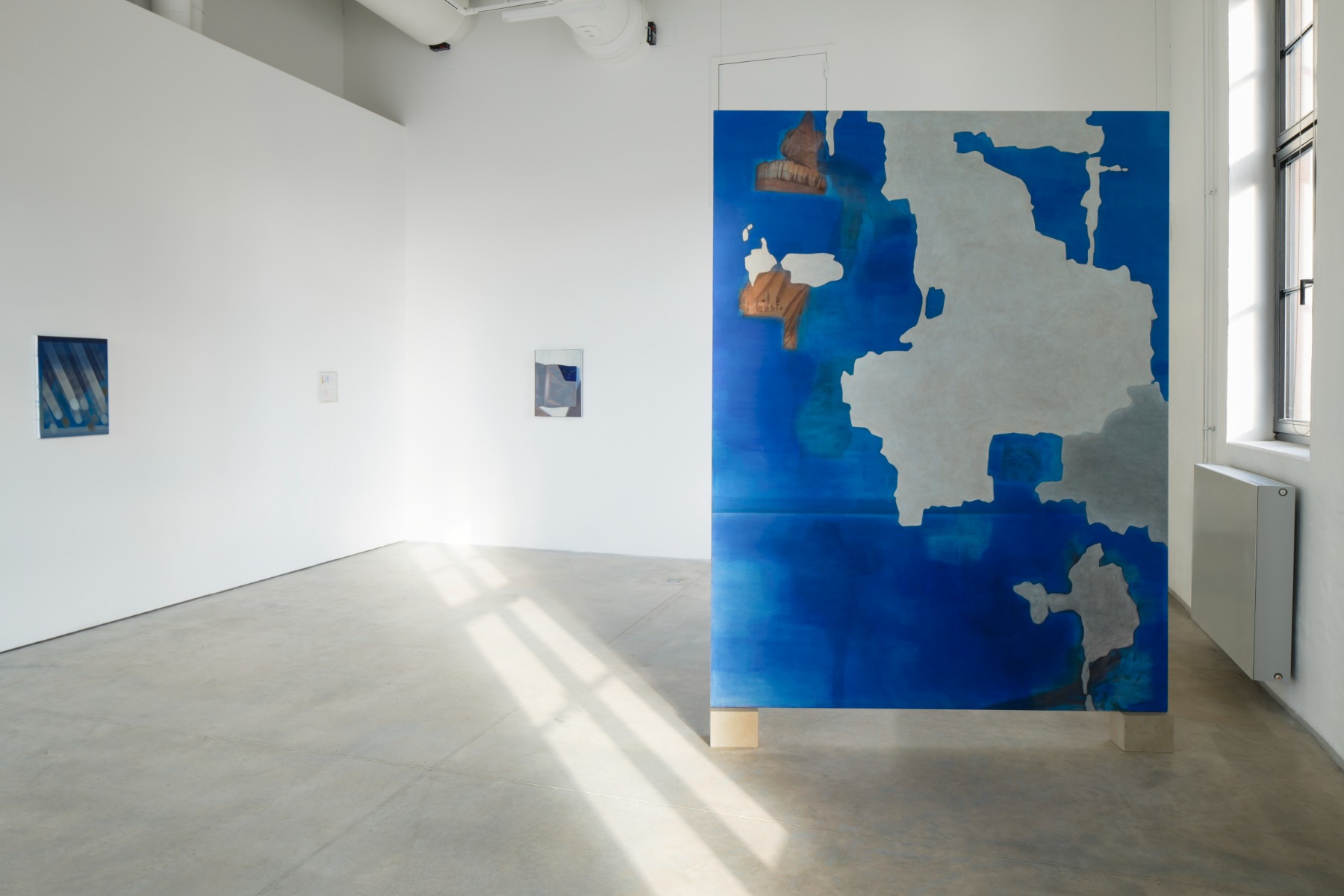
Do you know what that was?
Yes, but in a very scattered way; the formulation for it will definitely come later. At least in my case, I usually can’t immediately tell what I’ve “touched upon” after an exhibition. There is a kind of confusion and doubt (there always is, of course), but this time, going deeper (I mean no disrespect towards the viewer – this is only in regards to me, personally, regarding continuing with my methodical research into painting) was the main, most important thing. This is not the message of each individual painting but in terms of the whole – the total space of feeling that I wanted to create.
I am much more skilled at articulating a surface than I am at immediately putting an idea into words or into a sequential text (I feel quite trapped in that regard). The most intense months of work on the exhibition coincided directly with the outbreak of the war in Ukraine. And being in the studio, on the one hand, helped me to not become completely unglued. Meditatively working on the canvases gave a balance to what was in the news, which I was constantly following.
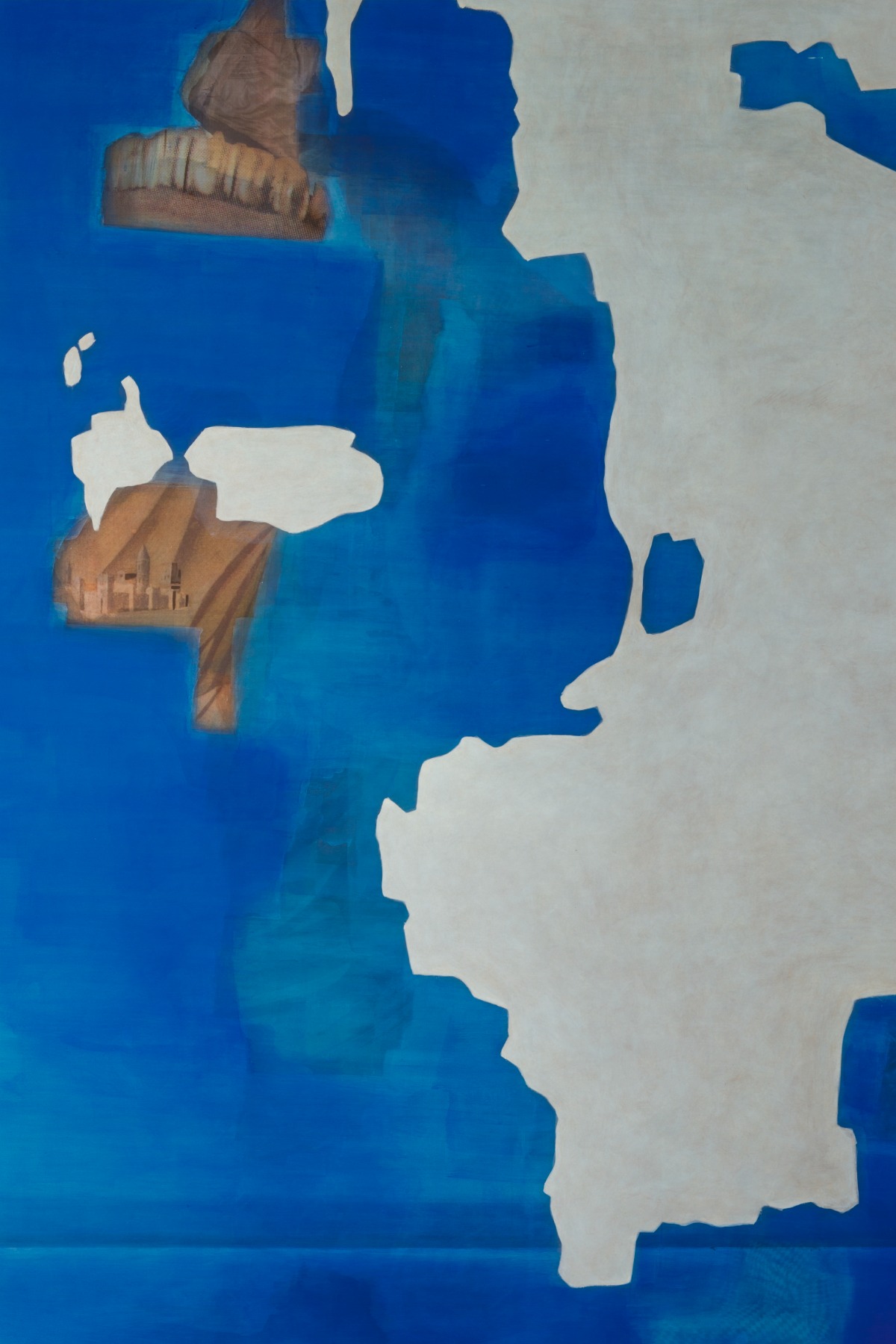
Have you thought about the role of art and the artist in moments of global crisis, and whether or not art is necessary in such moments? Is there any sense to art during these times, i.e. doesn’t it become irrelevant? Did you search for/ find an answer to why you should continue to paint (beyond it providing a mental space in which to escape)?
In the first weeks, my feelings alternated between a powerlessness to influence the course of things, and rage. My emotions left no room for creation; creation seemed to have no relevance and no meaning at the time.
Such destruction cannot be tolerated over the long term. And in general, when you see these events unfolding, how do you keep a cool head? In these situations, you realise that you have to do what you do best. For me, that’s painting. This empowering insight into self-help is not something I came up with – I’ve heard it from several independent sources. I was hoping that maybe someone would find solace in what I was creating – something that would calm them down for a moment, help them emotionally (and now I am becoming emotional myself).
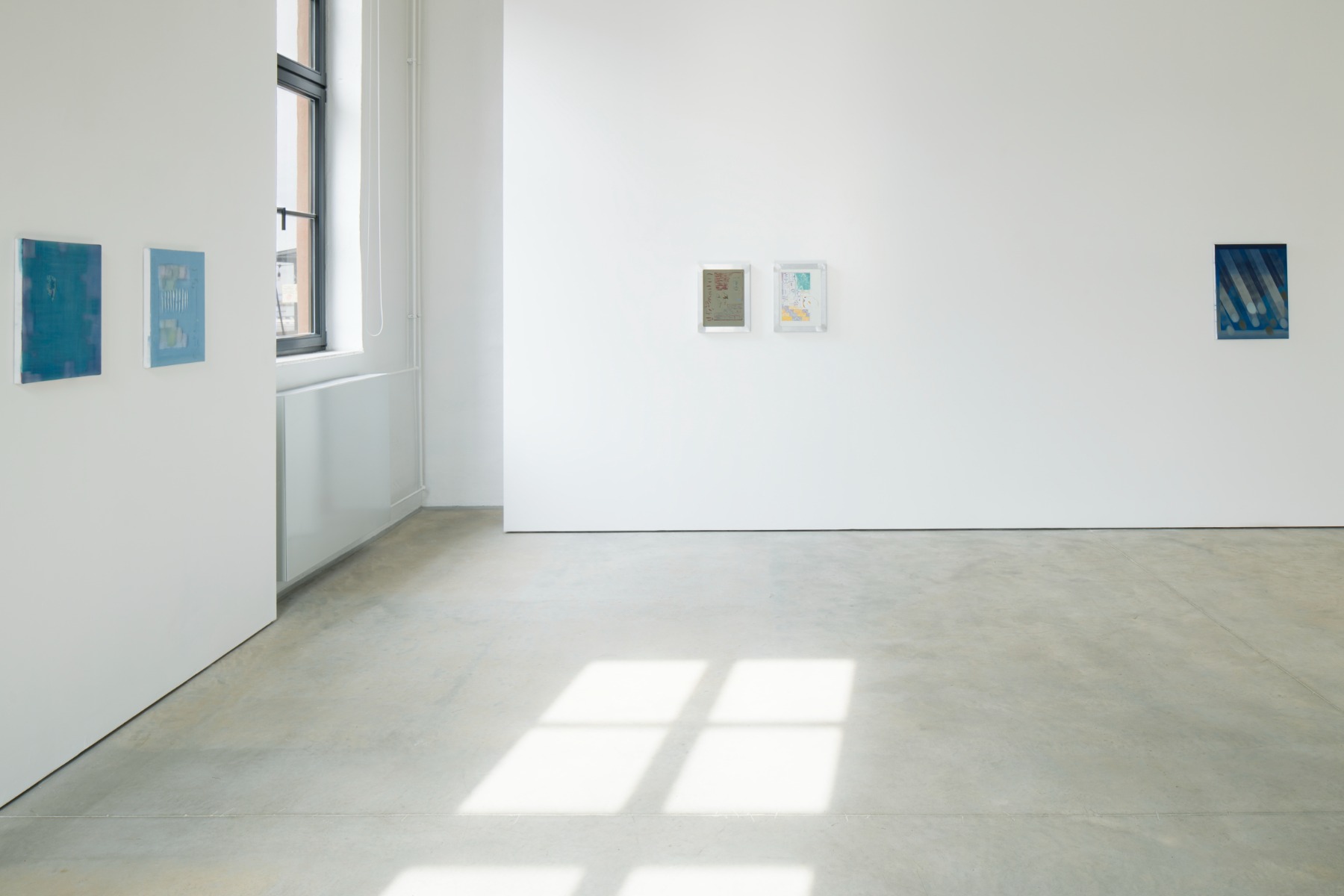
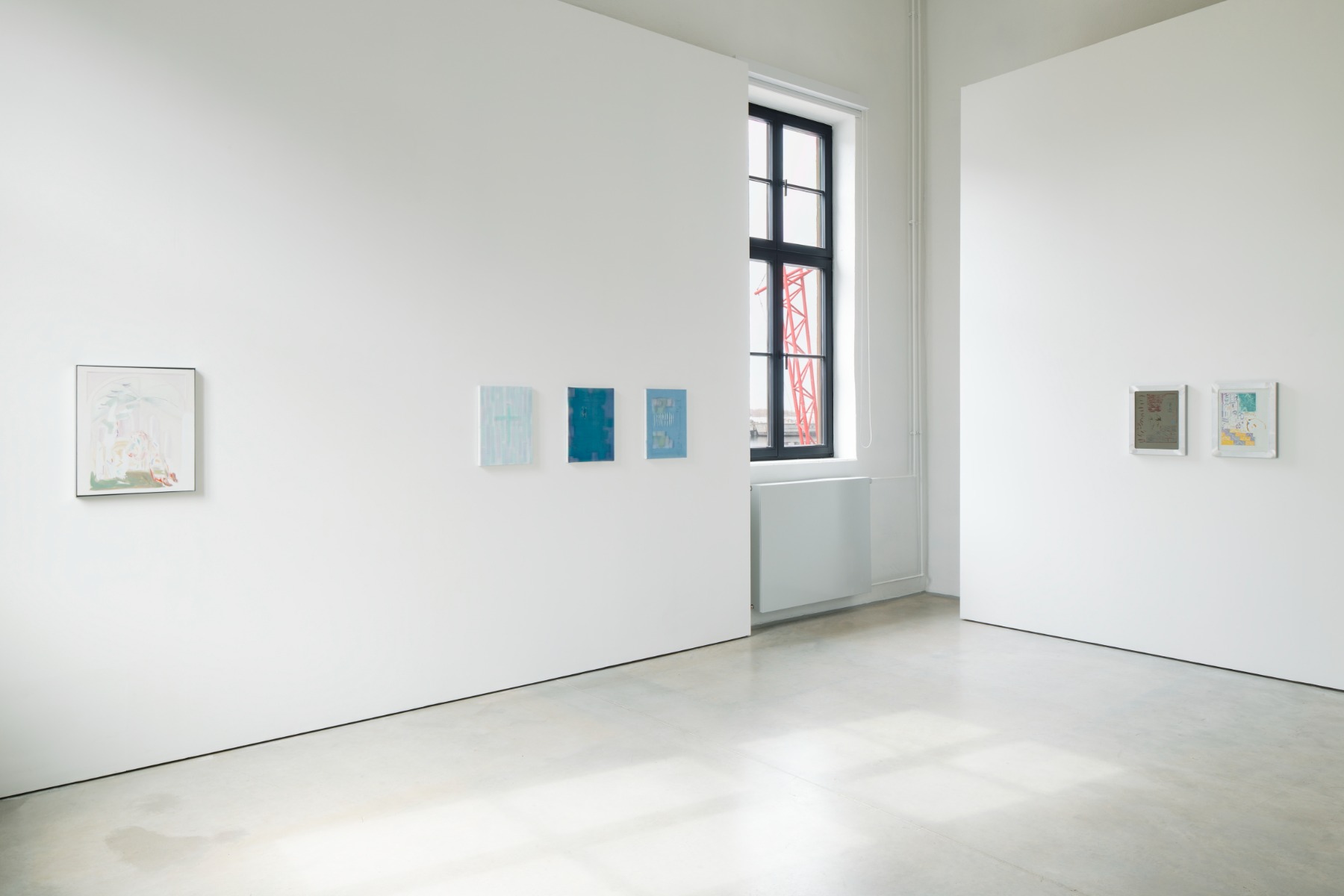
Art as a tool for healing? Over the last two years, as a result of the pandemic, art has reminded us more loudly of its intellectual and mental potential – of its capacity to help us live life.
I definitely see art as a tool for active therapy in which anyone can participate, at any age and any level of experience. The role of art as an active political tool through which to speak and reach wider audiences, and to gain immediate attention, is currently being proven again and again. I think that the constant reports of the war and the scrolling news ticker during regular programming begins to unconsciously dull our perception after a while, but in such situations, active art can still attract attention and create resonance. This is evidenced by all the protests that artists are organising all over the world at the moment, and it’s also a way to be actively involved – to make a statement – without being a member of the creative industries yourself.
The salient points here, as in art therapy, are the absence of exclusivity and the inclusion of all social groups. Anyone can get involved, but perhaps in the case of political art, the artist has the tools/skills to do it more precisely and directly.
In Helsinki, I myself participated and helped organise several actions for an immediate end to the violence in Ukraine. It resonated, at least definitely with the local audience. I’m repeating myself, but I think that the role of active, political art is more important now than ever.
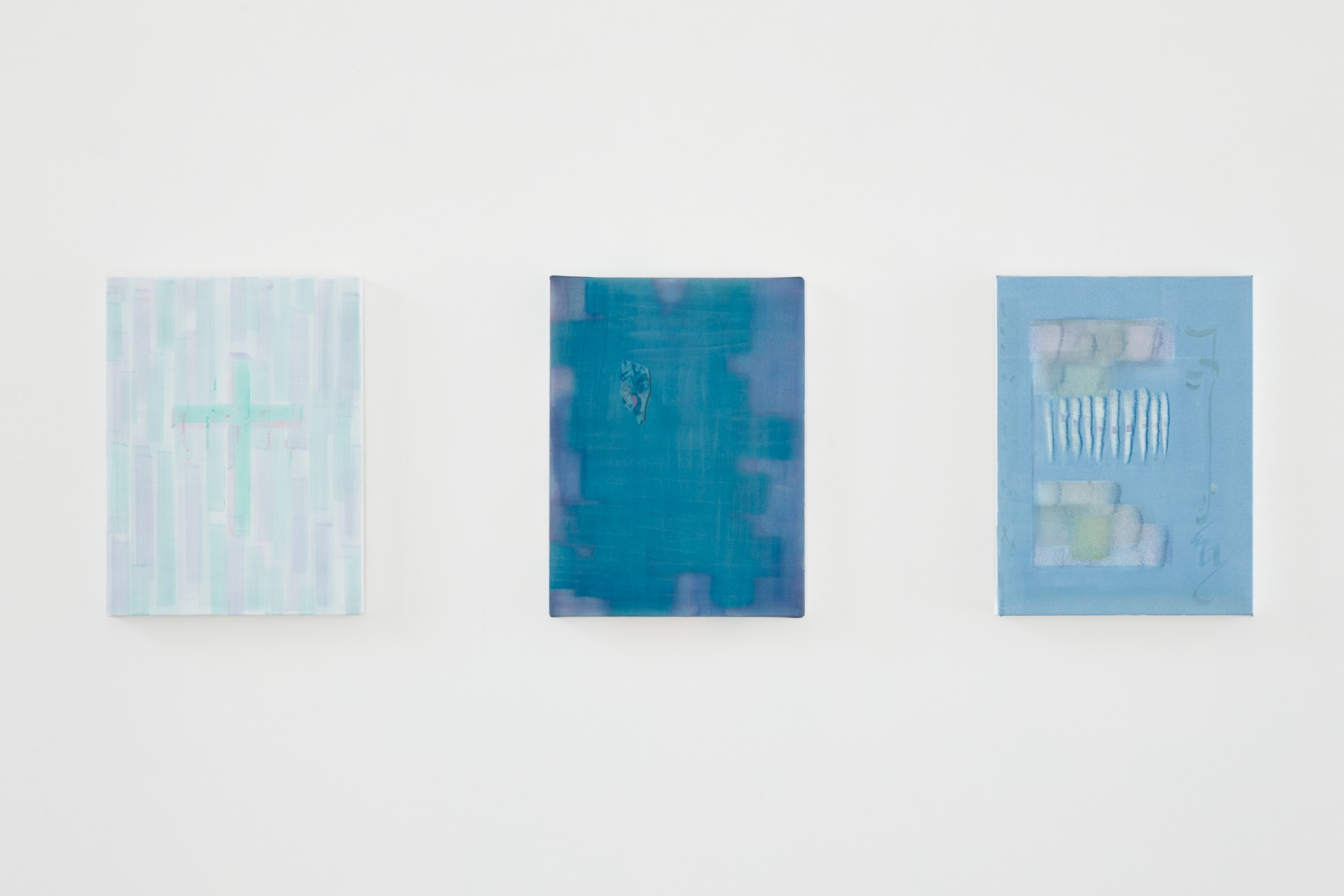
At the same time, this period has also revealed more clearly the differences between the sensibilities and backgrounds of the Eastern and Western European art worlds. For the former, the war is a personal tragedy, whereas for the latter it is distant and seemingly irrelevant, i.e. they acknowledge that it’s a horrible and terrible thing, yet their sympathy seems kind of formal. How do you feel as an Eastern European artist living in Helsinki?
I think Helsinki (I wouldn’t say the whole of Finland) has become increasingly interested in Eastern European voices and stories in recent years, and now, of course, in those coming from Ukraine. But truthfully, what you are saying has been unknowingly present somewhere in my subconscious – this ignorance of the West which is now, more than ever, present and tangible in one’s relationships. Through the vast flow of information on warfare that we’re now subject to, there is access to so much new and previously “unheard” information. I have formulated a number of things much more clearly for myself. As an artist from Eastern Europe (I’m talking more about nationality here), I sense my agency much more clearly now. For me, as an individual, this means the ability to fulfil my potential, to articulate to myself on where I stand, and to be cognizant of what is in my power to speak about and what I can engage in with an active voice. It was the Russian-initiated war in Ukraine that made it even simpler for me to articulate the “space” in which I find myself and to which I belong.
I am reading Sister Outsider (1987) by the writer and civil rights activist Audrie Lourde. It resonates deeply with me. She says that “we” have to learn how to respect our feelings and how to translate them into a language that we can share. “Where that language does not yet exist, it is our poetry which helps to fashion it. Poetry is not only dream or vision, it is the skeleton architecture of our lives. It lays the foundations for a future of change, a bridge across our fears of what has never been before.” I’ve formulated for myself that I see a similarity between Audrie Lourde’s “poetry” – architecture, a language with which to build a bridge over fears, and agency – the ability to act appropriately, to “read” the territory, i.e. the position that I argue for. I am currently actively working on/with both.
It also seems that against the backdrop of all these geopolitical developments, the marginal and “excluded” groups and nations have gained a much clearer voice, one that is now able to break through a set of ideas and beliefs that were long-dominant. Marginal voices are being heard. It’s not happening everywhere, but in general, I would like to think that this is now actively happening.


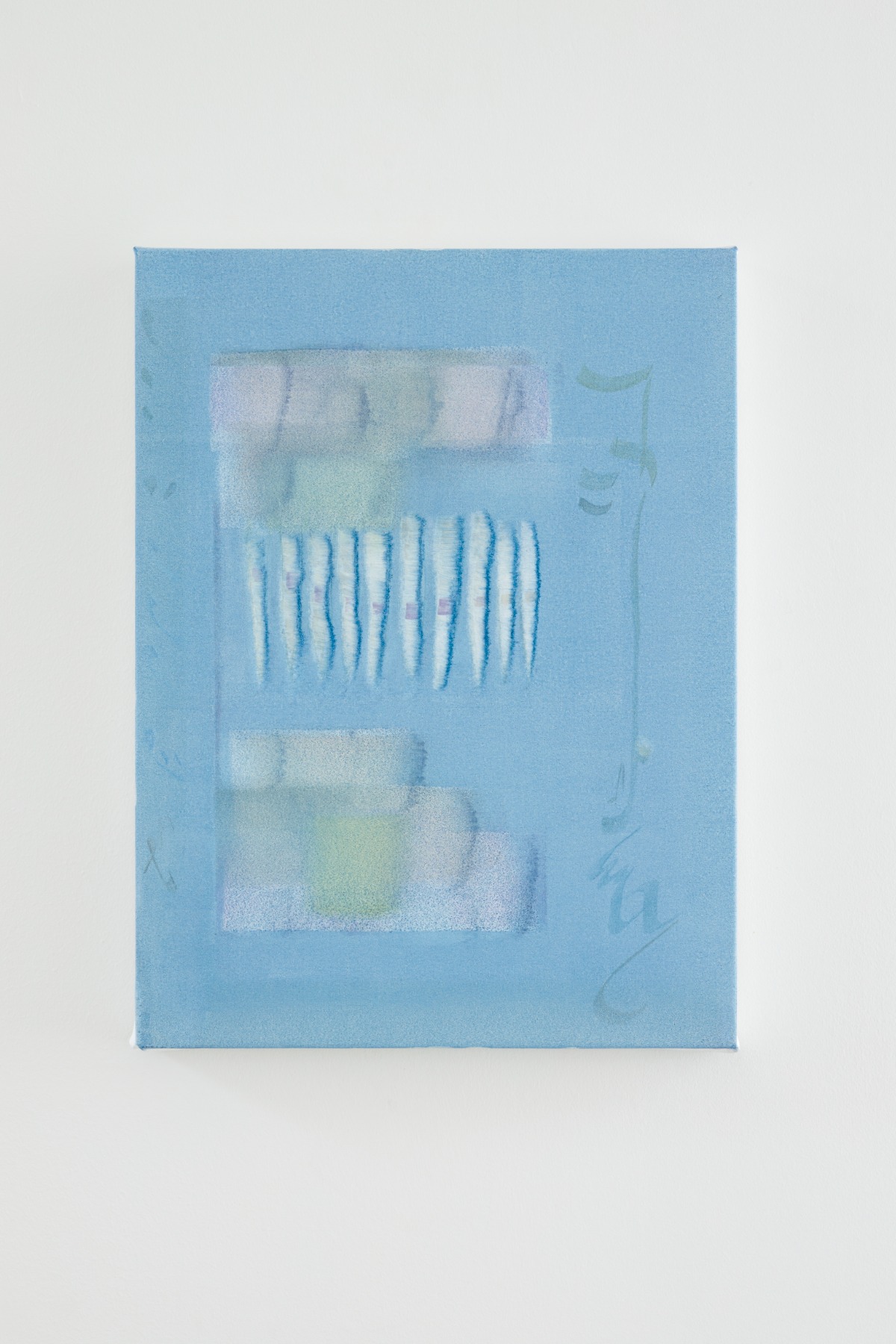
After the opening of the Venice Biennale, another topical issue broke out in the media. The Financial Times critic Jackie Wullschläger argued in an article that the choice of chief curator Cecilia Alemani to favour women artists – who constituted a significant majority over men in the central exhibition, The Milk of Dreams – had resulted in paying a severe price in terms of the quality of the art on view. Wullschläger added that this was made all the more striking by the many superb exhibitions by male artists across town, which featured art-stars such as Anselm Kiefer, Anish Kapoor, etc. As a woman artist, have you ever felt misunderstood, unappreciated, unheard? Unable to compete and unable to follow the rules that have been set?
My art, with its sensitivity and marginal choice of themes, perhaps doesn’t fit many places. That kind of sensitivity is not really “in demand”. The non-aggressive, non-glamorous, perhaps meditative expression of feminine reflection and women’s ideas is not popular, and it may be better able to attract and resonate with smaller audiences. At the same time, I can’t complain, either –someone notices it, understands it and appreciates it regardless, and I’m invited to take part in larger projects. My voice has found its space.
To comment on your example of the male art-star expo, in general, large-scale masculinity has become thoroughly tiresome. There are so many untold stories, so many undeservedly forgotten or undiscovered creative worlds that are worth talking about, writing about, and discussing. That’s what interests me now and in the long term. The Musée d’Art de Paris (I’m currently in artist residency at Cité) is showing a huge retrospective of the Czech-born queer artist Toyen. Honestly, it was a revelation for me. The sensitivity of their work, the boldness of their themes and the versatility of their expressions, as well as the emancipation with which they inscribed themself in the society of their time, were so striking. In a way, their work is so subtle and nuanced that it declares – role model, but at the same time, it also says – I couldn’t care less! The sensitivity of Toyen’s work revealed to me something completely new about my own work.


Perhaps the masculine megalomania that often manifests itself through gigantic formats and volumes is also more able to speak to us because we have dulled our ability to see, to hear.
Artwork (especially painting) is about looking. I would guess that few people actually do this. Maybe the large format and the gestures that you mentioned really can hold your attention longer – you are physically confronted with it more directly, it is easier to fill the exhibition space [laughs]...
When I think about what I’m looking for in art, what it is that speaks to me when I’m in an exhibition, or what makes me forget everything else and think – this is great or powerful, it’s often the sensitivity (which I’ve already mentioned many times) that I see. In the work of others, I unconsciously look for echoes of the things that occupy my own thoughts. When I look at a work of art, I appreciate the opportunity to trace the ways in which the artist has worked (especially in classical art) – to find mistakes, sincere gaffes, or the virtuosity of simple execution – i.e. to follow the artist’s quest, which the work often reveals well. These things are truly joyful. A phrase from the painter Bridget Riley to her students that sticks in my mind is that studying and copying other artists’ work is advisable and one of the ways to find your own way. Just like language, which we learn by imitating the sounds made by others.

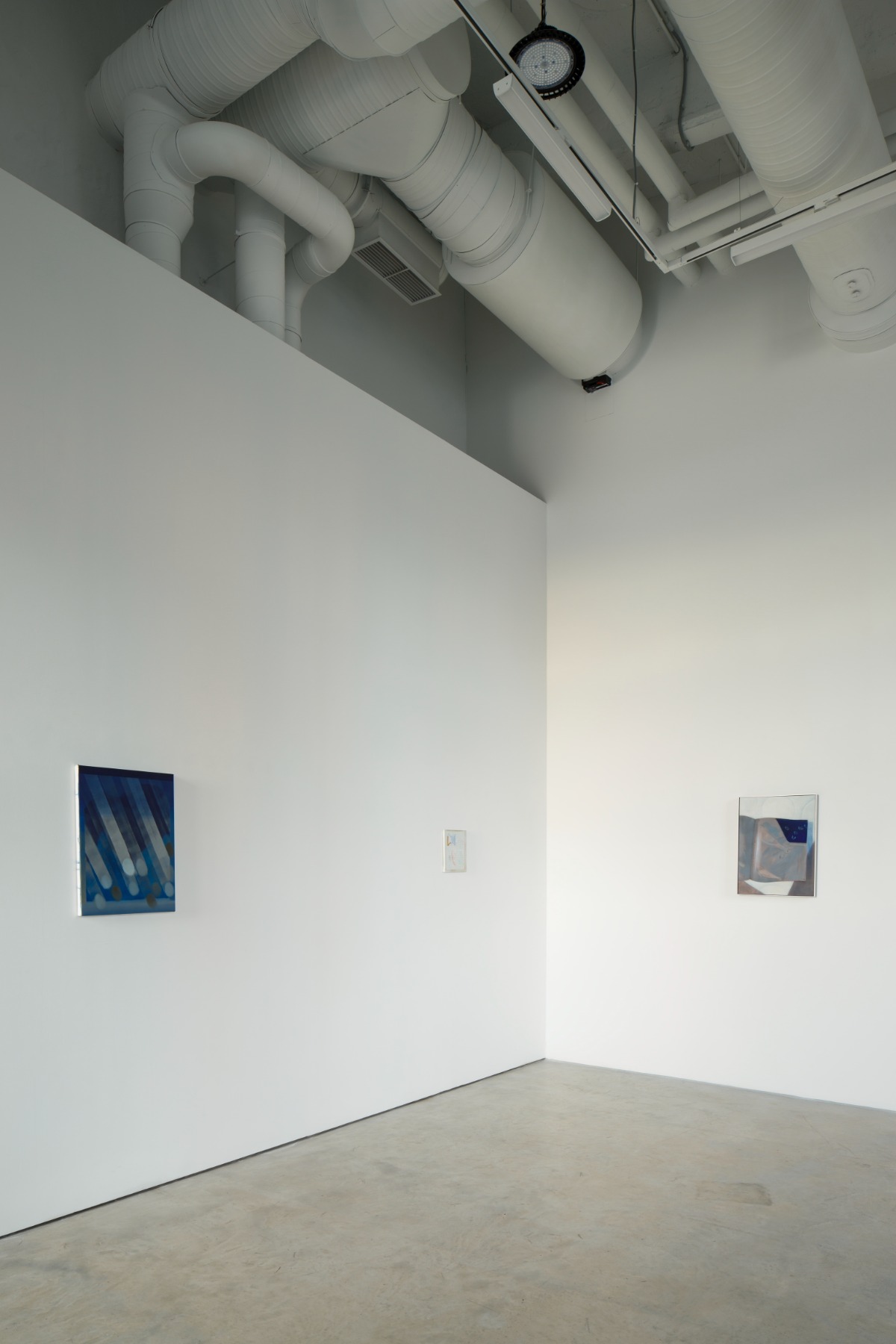
What is the central message of the exhibition Bluetooth (Sister N.) at Temnikova & Kasela Gallery in Tallinn? What about it is important to you?
The desire to create a meditative mood in a space free of intrusiveness (details, information, surfaces, etc.). I wanted to create a mood. And that’s also how I created the works in the studio – in a relaxed and meditative way. Sitting in front of each one while looking at all of them. The conceptual reference point of the exhibition – the story of a woman, a nun – is very concrete, but at the same time, it gave me the opportunity to make the works very abstract. One of the issues that this exhibition reflects upon is the medium of painting, the craft itself. Namely, an interest in colour, in the preparation of the paint, and in getting in the mood for doing the work. The titles of some of the works emphasise this, for example, Doodling, which is a way in which to warm-up your hand before you start writing. It’s simply scribbling while getting used to the tool and the material, which can turn into an abstract layering of lines and patterns, or be nothing more than simply freeing your hand and getting your mind in the mood for work.
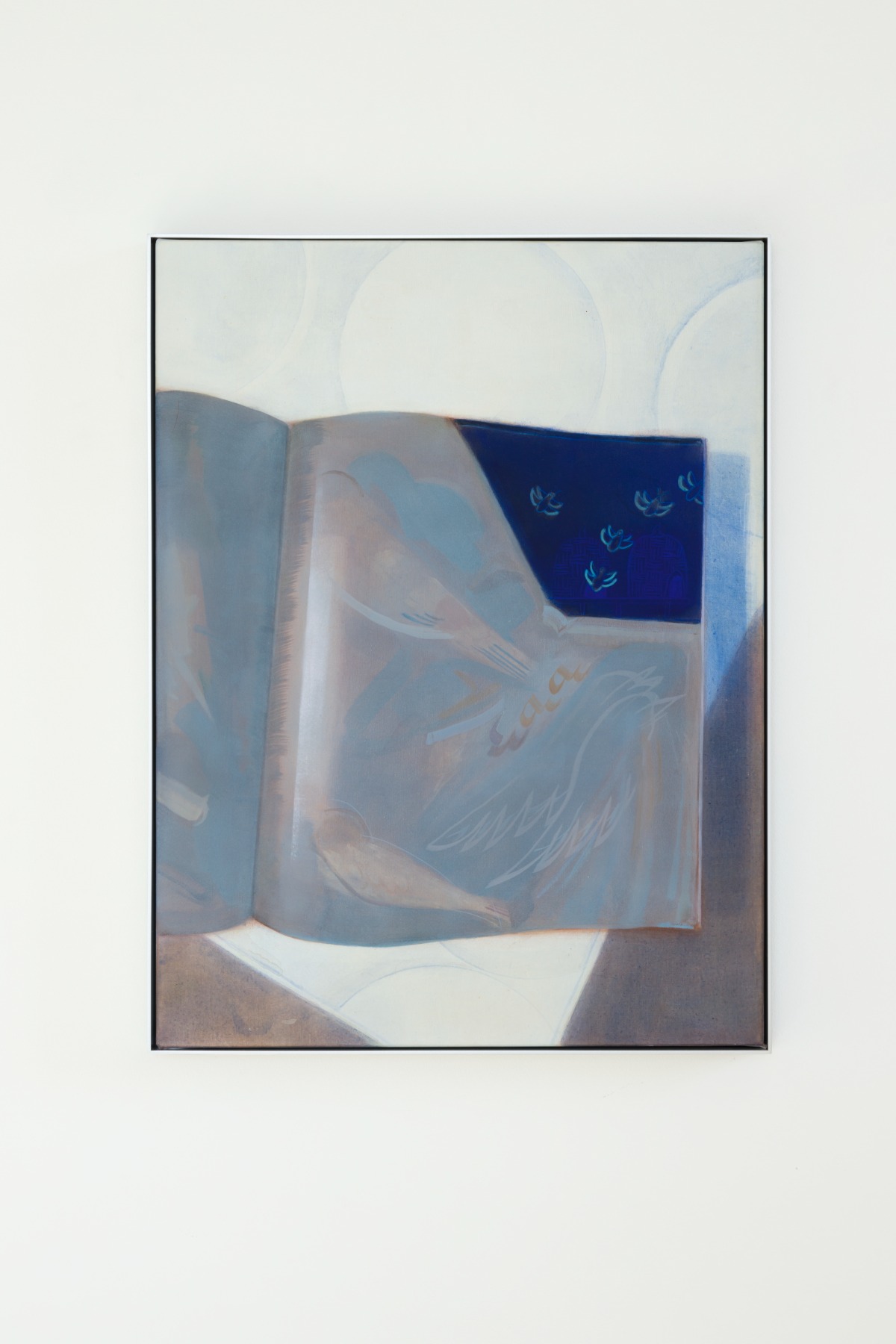
As part of my work process, I did quite a lot of research on medieval manuscripts and illuminations; I was, however, more interested in the visual language and what was happening alongside the writing process. All of the drafts or the scribe’s practice writings, often found in the margins of the manuscript, seemed like semi-secret messages. The writings on the margins succinctly describe the writer himself, his mood at the moment, his living space, his environment – what is happening around him at that moment. They are almost like diary notes: alongside a serious liturgical text, you see personal messages (unfortunately, it is never a female voice). I found it so fascinating! When I was preparing the accompanying text with the curator of the exhibition, Zane Onckule, we spoke on the phone a lot and it turned out that she had written down some of the phrases of our dialogues, a selection of which we incorporated into the text of the exhibition. The handwritten insertions create a parallel contemporary feel to the exhibition. Perhaps these messages say much more about the exhibition than the “carefully construed” exhibition texts do.

References to historical figures, events and phenomena (in this case, to a medieval artist/nun) are always an important part of your art. Is this desire to research, to delve into the past, the driving force behind your other profession – restoration?
Yes, you are right about the profession of restoration and the application of its methods to the creation of exhibitions. Often things that I find interesting to study turn out to have happened centuries ago. The further away from the present the event is, the more opportunities there are to play with it and interpret it.
I’ll refer to the German painter and theorist Jutta Koether, who uses a very similar method (she is of the previous generation and one of my inspirations). In an interview, Koether mentioned that working with, for example, legacies of the Baroque or medieval ages gives her the opportunity to travel in time and she likes “to go places”. It gives her much more freedom – it is a chance to not get attached to things and to interpret in a more relaxed way. This concept speaks to me and I like that I found it in her practice, which was like a confirmation to myself that, yes, you can do this, and that I had arrived at this independently of someone else’s experience.
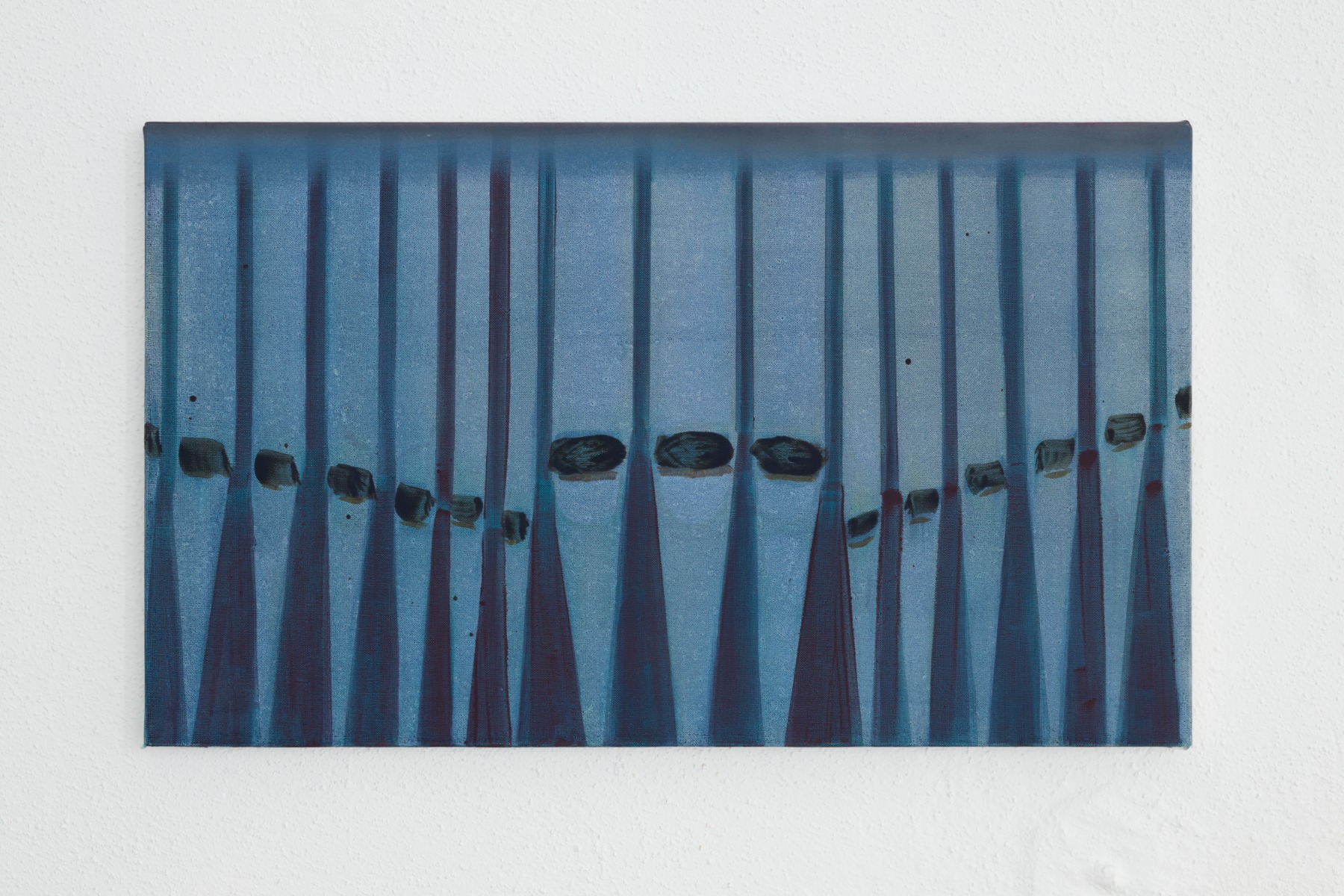
It can also be seen as a kind of escape from the present day.
I don’t think of it that way. I usually embody the issues of time and the context in which my works were made. I doubt if anyone looking at this particular body of work, without knowing the context, would think of the Middle Ages. For this particular exhibition, a lot of the titles of the works are found in computer terminology, including the title of the exhibition. For example, Domain of Birds, which looks like a neat row of teeth or organ pipes, where the organ and the birds are like sound transformers, transducers.
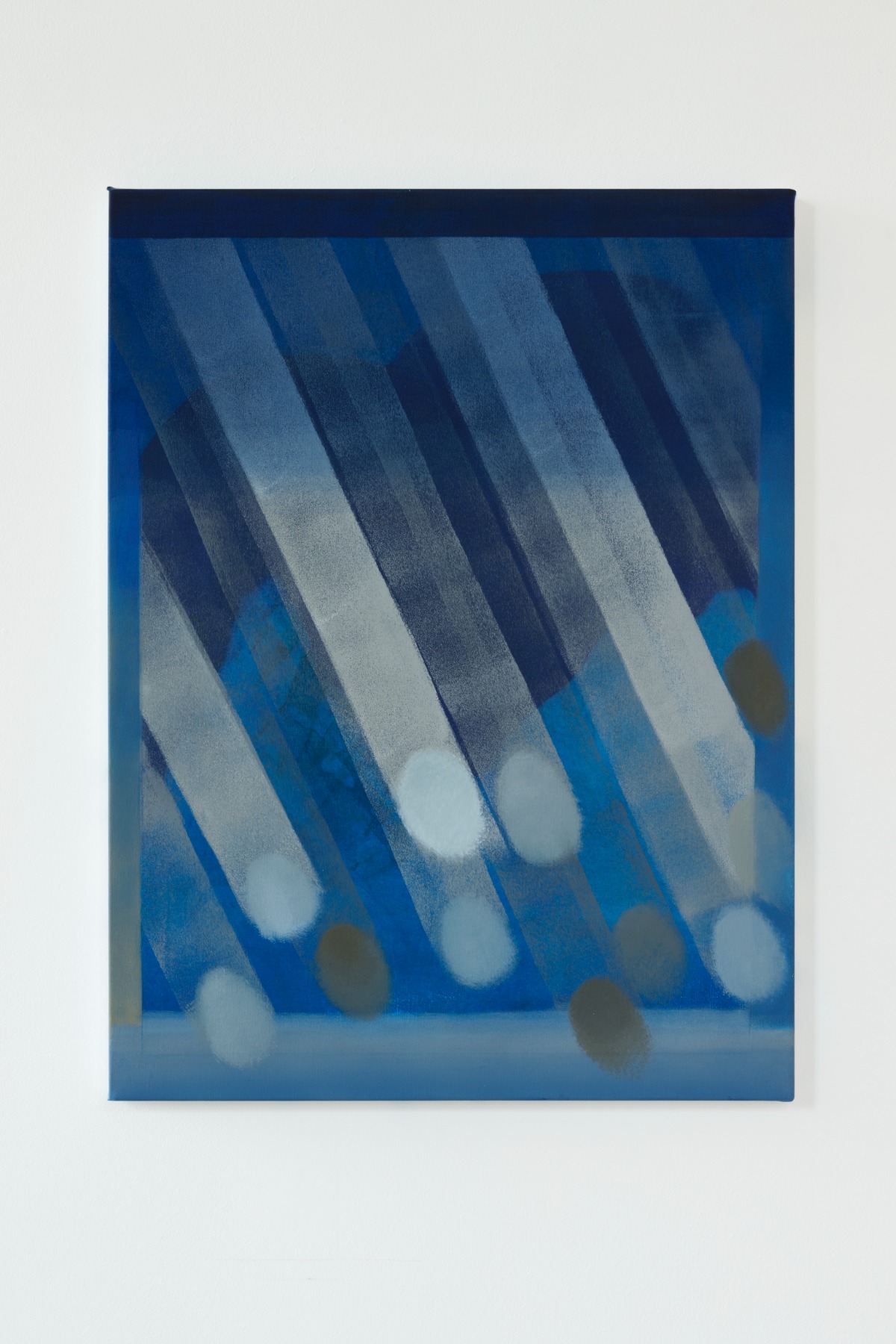
Computer terminology – is this an integration of what we were dealing with during the pandemic?
In some way, probably yes, but not consciously. For example, the title of one work is Touch ID – the index finger that we use on our touch-sensitive screens has become an indispensable everyday tool. A tool for “swiping” and executing commands. Much like Sister N, the nun to whom I refer in the exhibition, who probably devoted all her time, talent, attention and concentration to what she created, but has remained anonymous; only the blue piece of ultramarine found in the tartar of a tooth suggests the likelihood of her creative contribution. Our finger, too, often leaves anonymous footprints in the fields of Bluetooth and wireless internet.

You mentioned that this exhibition is a kind of reflection on painting. How important to you are the formal aspects of painting?
Perhaps my training as a restorer makes these aspects more stable – the material I work with and the sequence in which I do it have always been important to me, as well as the logic of creation itself. So it turns out that the formal side is inevitably present because painting is very much a story about surfaces.
I have also always been interested in the methods, tools and materials of painting. Lately I’ve been working quite a lot with natural pigments. A few years ago I visited a charming studio in one of the highest points in Finland, the artist residence Mustarinda. We cooked pigments from whatever we could find in the area. The process was also powerful as a release to keep the painting process full of spark. The precisely three minutes in which the colourless liquid turns into something coloured is truly magical, the equivalent of being completely disconnected from everything going on around you while you’re painting.
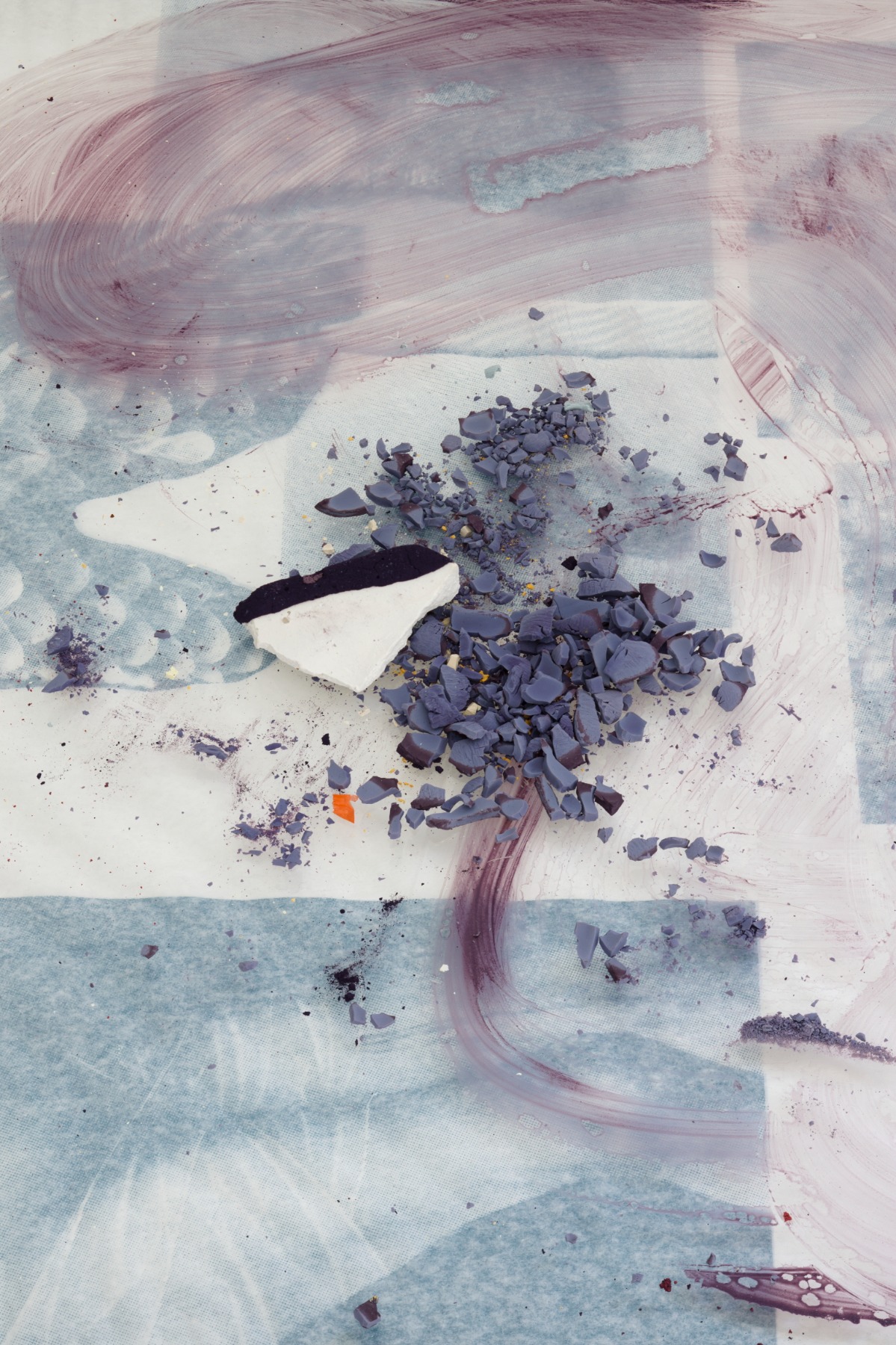
A connection with what could be called “the divine”?
It’s a bit silly to wait for inspiration nowadays; it’s a thing of the past, but I think one’s mood or readiness is very important. In what state are you sitting down to work, how focused you are, how well have you slept, what is your state of emotional and physical well-being, are you worrying about something or not (for example, forgetting to put an extra pair of socks on your child before taking them to kindergarten when it is cold outside). You need to find your rhythm; it doesn’t have to last long – an hour, an hour and a half – at least not for me. And when you are fully in the process of creation, it is like those three minutes of boiling a pigment – the precise moment when something comes into being. When a new world emerges from something colourless (I know this may sound quite banal).
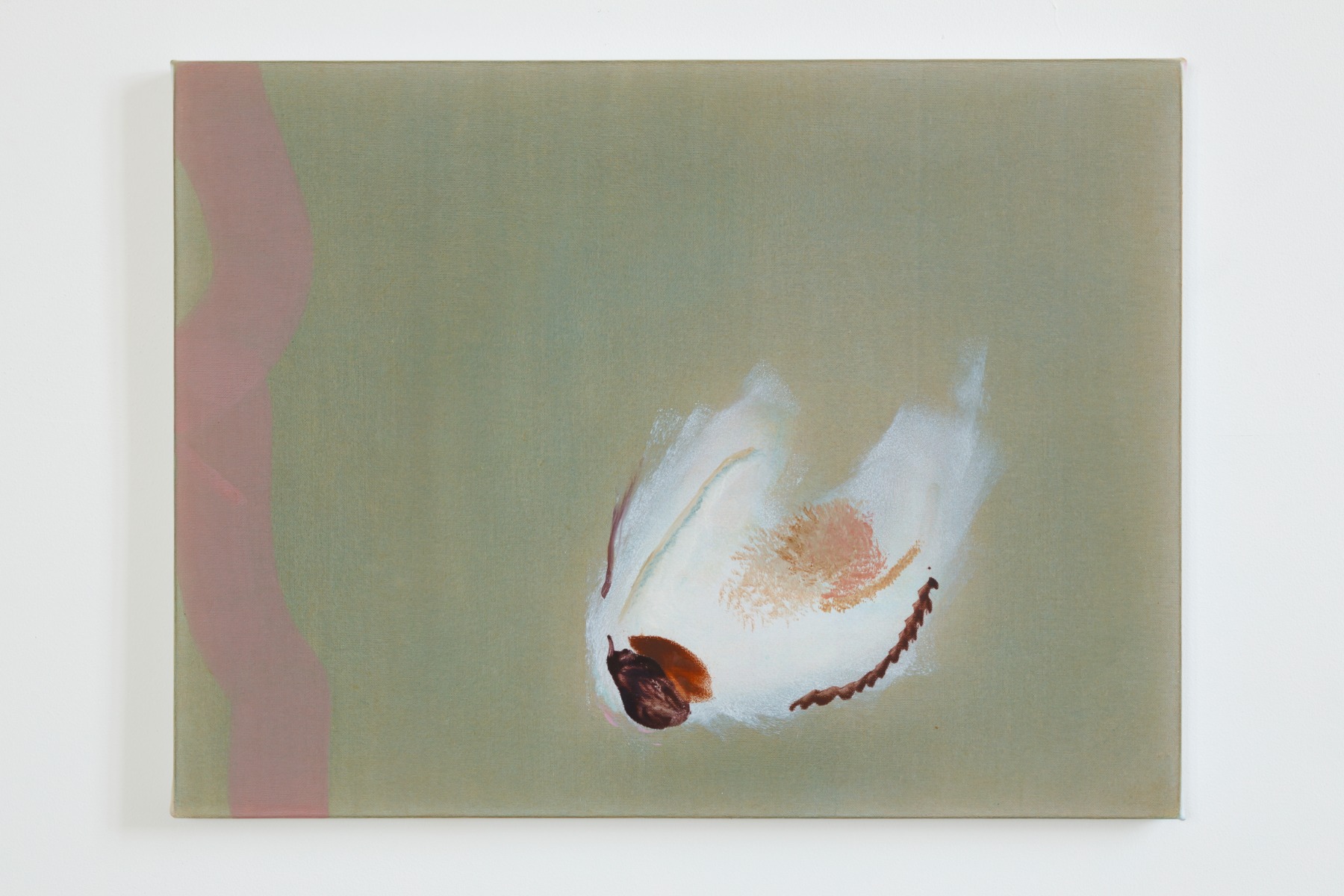
The handmade – the direct presence of the artist in the work of art – is now making a comeback of sorts.
Yes, but with a new and divergent attitude, a different air and understanding of romanticism.
The means of artistic expression are also always a testimony of their time, a statement of mood and trends.
This is happening in all areas – green thinking, green energy, the carbon footprint. Artists are not isolated from the rest of the world. Traditional art forms are now experiencing a revival. It’s not as if they had completely disappeared, but they are much more present in the visual art shows now. It’s the same materials – marble, stone, clay, etc. – but executed differently and breaking with tradition. It may not be with the same level of craftsmanship or academic precision that we we’ve been used to, but more freely and with a different, wilder and more arbitrary sensibility, blurring the boundaries between what has been considered art and what has not. I am very impressed by the surreality and sense-of-the-moment in art being created by the new generation of artists who have given new form to existing ideas – and which can sometimes be enjoyed only through a screen.

Is recognition important to you?
Yes, it is important. At least some feedback, some reaction. I don’t really need much, but it’s nice when someone whose opinion I highly regard pokes me and says, “Well done”! It’s an external confirmation. If a colleague’s work speaks to me, I tend to do that quite often myself. Maybe it’s not always the work itself, but the overall mood or direction of ideas. To be an artist, you have to have an ego, and the ego has to be maintained and stroked a bit – you need a pat on the head. For any creative person, it’s important to get something back after a big outpouring of energy.
Title image - Inga Meldere. Photo: Kristaps Kalns